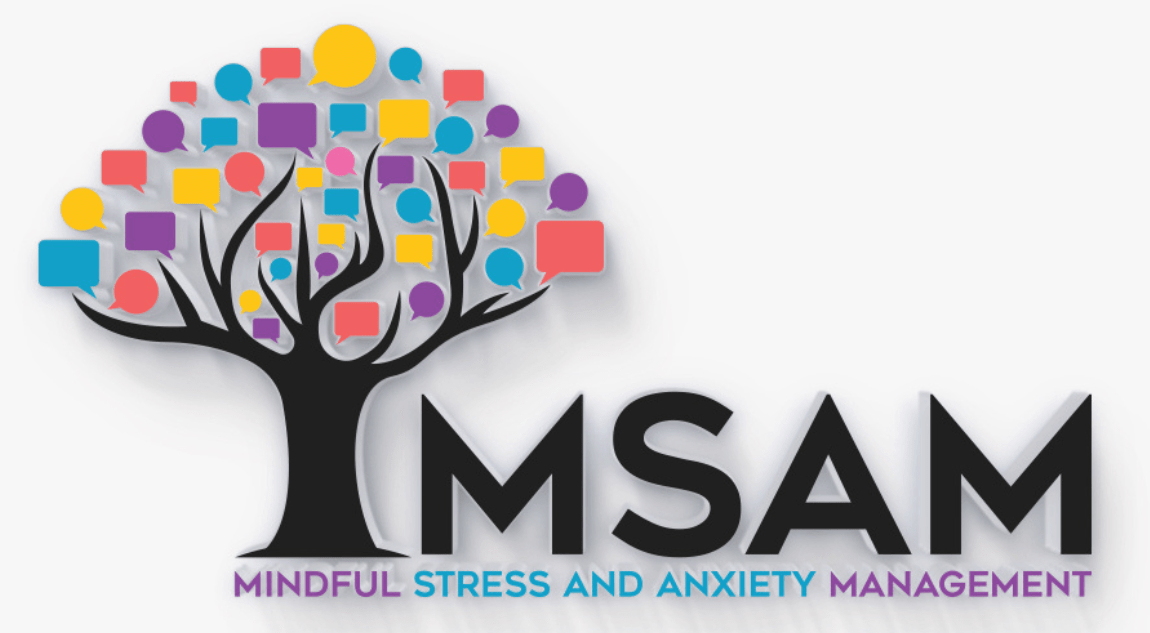Mindfulness: identifying our thoughts, images and automatic reactivity to them—seeing our thoughts instead of being our thoughts.
Paying attention

For many years, as I ate meals I would often noticed that the last bite of whatever I was eating tasted so good. Better than all the other bites, in fact. I have to admit that this did catch my attention each time it happened, and I often had the urge to ponder this curious little experience. But soon my mind was racing on to some other tidbit of life, dragging my awareness with it into my virtual reality of thinking. I like to talk while at a meal—I enjoy planning, analyzing and just having fun thinking with friends and family while eating. It was not until I had practiced mindfulness meditation for a while that this last bite thing began to seem more interesting to me, interesting enough for me to learn to slow down and really look at it.
Why was the last bite the best? It began to dawn on me that as I ate the last bite of food, I also became more interested in it, more focused on it. I though to myself “Oh, this is the last bite,” and consequently I paid much more attention to what I was eating. My enjoyment didn’t so much come from the fact that the last bite was any better than the bites that came before it, but more from the fact that I was paying attention to the last bite.
So, I started paying attention to my eating. By focusing more on the food I was eating, I was more readily able to savor the experience of the meal (not rocket science, right?). I started using all my senses to fully experience my food, and discovered a much richer experience. I moved my awareness effortlessly, without even really realizing I was doing it, to the taste, textures, colors, and smell of the food. Wouldn’t it be nice to be able to enjoy my entire meal like this?

Thinking, in itself, isn’t the problem, and I don’t mean to rag on it. Thinking is normal; the real issue is not so much about thinking good or bad, but rather when we prioritize our thoughts as reality to the exclusion of our experience. Thinking is a magnificent asset but, left to its own devices, it is a poor master.
Slowing down and being with direct experience
Take a moment right now.
Close your eyes and make a mental image of your right hand. Don’t feel the hand, simply think an image. See the palm, the top of the hand, the fingers and thumb. Next, hold your right hand out from your body and feel your hand. Sense the air moving across the hand; any tingling sensations; any coolness or warmth—whatever is present, simply notice it.
Now think: what did you experience that was different between simply thinking about your hand versus experiencing your hand?
Because of the busy paces of our lives, many of us have stopped the practice of focusing on one thing at a time. Instead we are jumping ahead in the virtual realities of our minds. We invent or recall sensation by thinking it. We try and figure everything out: problem-solving, self-reflection, decision-making. It seems vital to keep our minds running full tilt, focusing on on as many things as we can. As a result, we often We become stuck on autopilot, almost afraid of letting go.
The more things we focus on in our minds, the more we lose touch with our other senses, and the more reduced is our capacity to know-through-experience. We become out of balance with our holistic experience of living. The busy mind tells us what to do to succeed, insisting on moving forward at all costs. Recognizing the signals of, for example, an overly-tired body, an empty spirit, or even a broken heart, are good starting points for building a mindfulness practice.
Starting a mindfulness practice
Getting your balance back includes learning to slow down again, and in doing so beginning to notice the fullness of experience. This means relying less on the virtual reality of the mind as your sole guide. Mindful meditation practice is an avenue to enhance your ability to pay attention to the current moment just as it is.
Please visit the guided meditation section of this website by clicking here. Also take a look at the mindfulness resources section of this website. You may also visit Tara Brach’s or Jack Kornfield’s websites for more information on mindfulness. MSAM also offers a 6-week mindfulness training group.
Regards,
Harold
